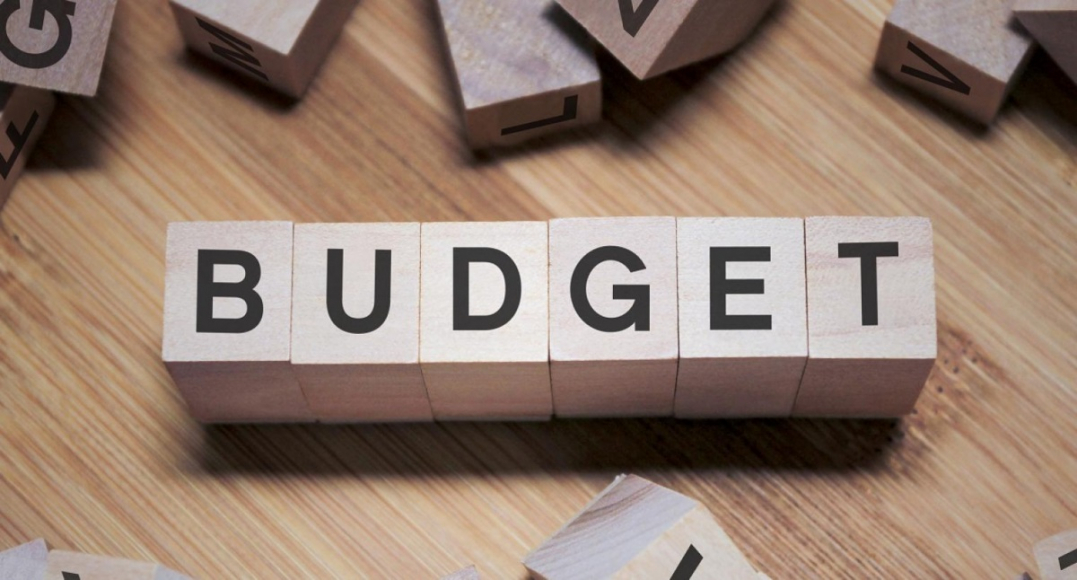As many organizations are approaching the time of year for budgeting (both closing out the current fiscal year and planning for the next), it’s a great time to take a step back and ensure you get the most bang for your buck.
Based on extensive experience working in industry (and thus being responsible for the in-house budgeting process) as well as walking through the budgeting minefield with our clients, our experts have put together some considerations to keep in mind as you try to make dollars and cents of your EHS program.
Bang for Your Buck
The most pressing budget business on your plate is likely dealing with any unspent funding from the current year—both because you obviously want to maximize your EHS impact, and because a failure to do so might give your leadership the idea that your funding levels are too high and that they can reset your baseline lower with little impact.
If you find yourself with some funds available but not a lot of time to spend them, here are a few cost-effective ways to put them to work:
- Desktop EHS audits
- Regulatory programs or registries updates and reviews
- EHS&S data analysis and visualizations (see the next section for more details)
- Source water vulnerability assessments
- Ergonomic assessments
- Industrial hygiene sampling
- Any relevant annual obligations (such as TRI reporting) that may not have been completed
Data Matters
Budgeting season is also a prime time to take a deeper dive into your data and analytics, whether because you spend some of your remaining resources on it or are using the resulting insights to plan for next year. By really understanding (and communicating) your program metrics, you will be better equipped to account for the current year’s spend and justify your requested budget for next year. Data is really the key to proving the value of EHS to the organization, illustrating the long-term impact of the program and the value of the work you have done up to now.
Trending is an important component of your data analysis—what predictions can you make based on past performance? And how do these predictions play into your budgeting strategy? It’s possible that you can use your data to advocate for an increase or reallocation of funding that can more directly impact your (and the organization’s) goals. This is also an opportunity to compare data from varying sources such as comparing audit findings to near misses and incidents to EHS training completion rates—is it all trending the same way and giving you the same perspective? If not, why not? Make sure you take all data streams into account.
Look to the Long-term
While not appropriate for every organization or required every year, it’s worth considering whether you have the bandwidth to take a step back even further and consider putting some real time (and possibly budget) into a comprehensive 5-year plan. This can also be a great use of any remaining current-year funding, going towards benchmarking, stakeholder interviews and workshops, or outside consultant support. The goal would be to end up with a strategic roadmap to a customized and tailored EHS program that meets your company’s strategic and business needs. This roadmap then becomes the guide to your budgeting process moving forward, and makes it that much easier for you to demonstrate growth and the completion of key critical tasks to your leadership.
Beyond Budgeting
By thinking about budgeting as a lever you can pull to enhance, expand, or emphasize the success of your program, you can reframe the process and use it to help you achieve your strategic goals. Whether you are looking to spend down a surplus, plan appropriately for next year, or get the most out of your current investments, smart analysis of your EHS investments can help ensure you are on the right track.
Need some extra support? Our experts can help you understand your data or plan to make the most out of the budget you have. Contact us to learn more.
Want more news and insights like this?
Sign up for our monthly e-newsletter, The New Leaf. Our goal is to keep you updated, educated and even a bit entertained as it relates to all things EHS and sustainability.
Get e-NewsletterHave any questions?
Contact us to discuss your environment, health, safety and sustainability needs today.





